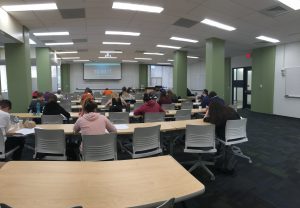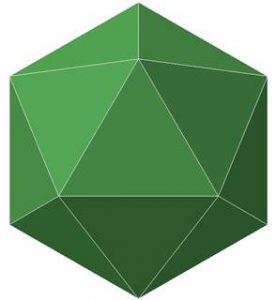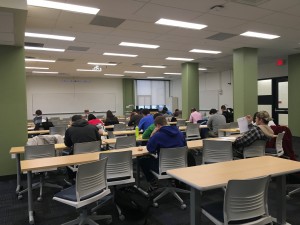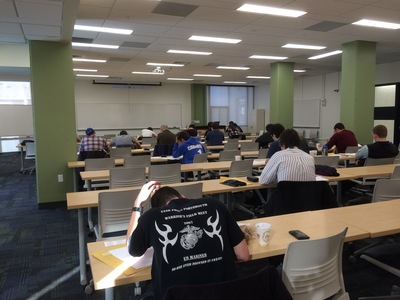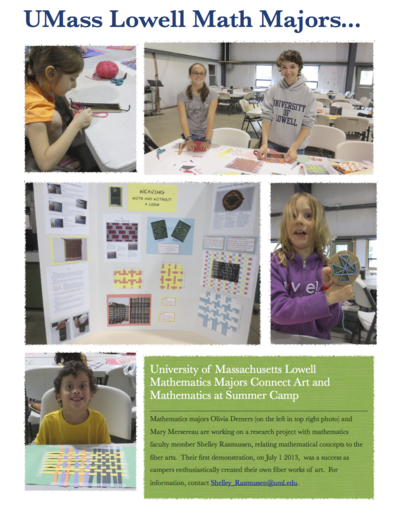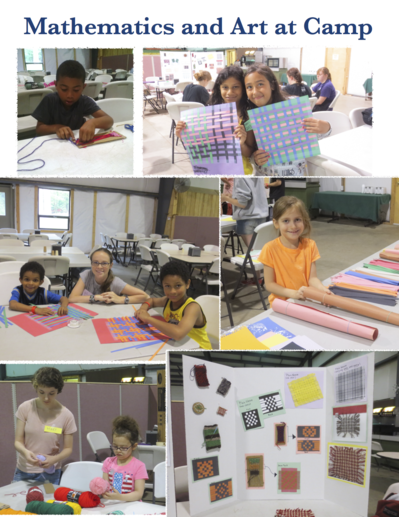Twenty-six UMass Lowell students competed in the 2017 William Lowell Putnam Mathematics Competition on Saturday, December 2. The competition, sponsored by the Mathematical Association of America, took place concurrently throughout the US and Canada. Last year, 4,164 students from 568 colleges and universities participated. There were two 3 hour sessions, each with six problems. As usual, the problems were tough. Here is one of them:
The 30 edges of a regular icosahedron are distinguished by labeling them 1, 2, …, 30. How many different ways are there to paint each edge red, white, or blue such that each of the 20 triangular faces of the icosahedron has two edges of the same color and a third edge of a different color?
In case you’ve forgotten, an icosahedron looks like this:
A complete list of problems: Putnam2017.
Professor Kenneth Levasseur served as supervised competition at UML. Thanks to the Honors College for providing refreshments for the students on the day of the event.
Results will be announced in late March.

